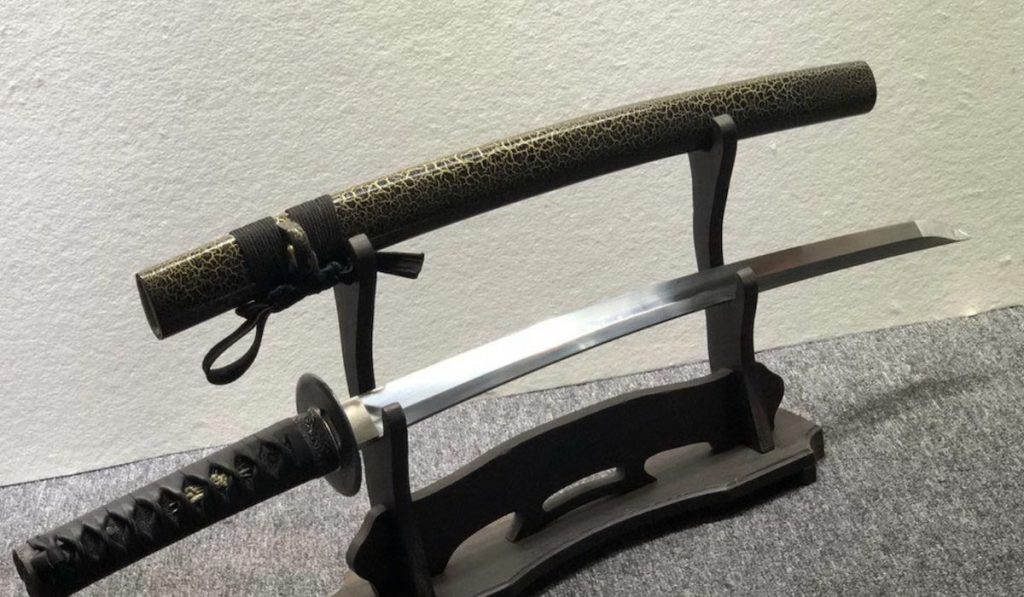If you are a Japanese swords enthusiast who wants to buy a sword but is confused between two, this is the guide. When you look at the different types of steel from which a blade can be forged, you can get confused. So many names, so many styles, and loose letters – what does it mean? Keep scrolling to know more about Spring Steel vs. T10 Steel and their properties.
Well, the first thing you have to know is that steel can be a bit erratic. Many people think the harder the blade, the better, but mind you, that’s not always the case. Let’s start with the types of Japanese sword steel that exist and are used today.
Types of Japanese Steel Swords
These are different types of steel swords available in the market. Each has its own pros and cons. Let’s look at the famously used swords used in fording.
T10 Steel Swords
T10 is another type of steel that is superior to most other swords made of high carbon steel in terms of hardness and durability. T10 known as high-speed steel is an alloy of steel and tungsten. It contains one of the highest carbon contents (1%) and a small fraction of silicone (0.35%).
The tungsten alloy present in the substance of the katana makes the steel very resistant to scratches and abrasion, which makes the Samurai sword much more long lasting and requires less maintenance.
Swords made of T10 steel keep their blades sharp for long time. Undoubtedly, the T10 steel katana is an excellent sword if you are looking for practical katana to do the job for longer period. There are many T10 custom sword for sale available that you can pick as per your needs.
Pros of T10 Steel Swords:
- T10 can go through conventional methods of forging
- Blades have unique properties
- Has the hardness of 67 on the Rockwell hardness scale, making it exceptionally hard
- Clay tempering process makes the blade more durable
- Due to higher percentage of carbon, T10 can be incredibly sharp
Cons of T10 Steel Swords:
- Not a finer choice for beginners
- Harder blade may not last longer
- Not quite easier to work with
- It is expensive
Spring Steel Swords
Spring Steel, as the name suggests, is a more flexible steel alloy than any other option. This material allows the katana to bend more, make it more resistant to impact while retaining its strength. These are made for fighters who like water. This is by far the most flexible steel for swords available in the market right now.
Now the question is: How much will it bend? Most spring steel katana bend up to 90◦ without any hassle. They are more resistant to bows. Also they are more forgiving when you deliver a bad hit making them idea for the beginners and new learners.
Pros of Spring Steel Swords:
- Can do several Dojo cuts
- Sharp edge is resistant and maintain it for long time
- Ideal for beginners
- More affordable option
- Excellent piece for training purpose because of high shock absorption
Cons of Spring Steel Swords:
- May not be aesthetically pleasing for decoration
Conclusion
If you’re going to get a sword just to display it then you have plenty of options available but if you want to use katana then you must consider your requirements first before picking the sword.
